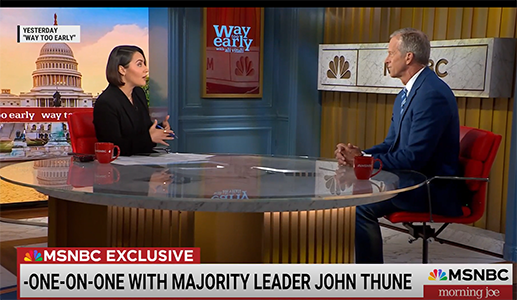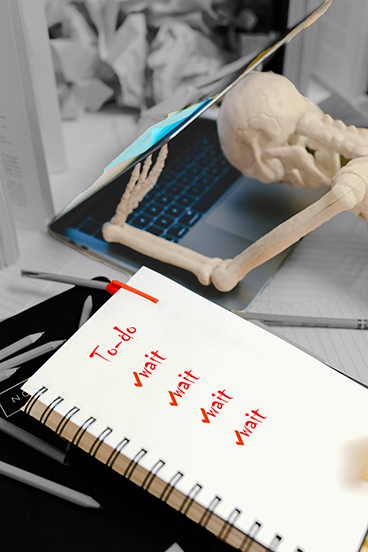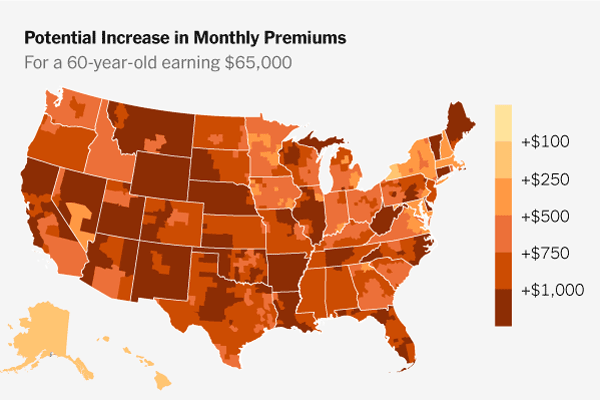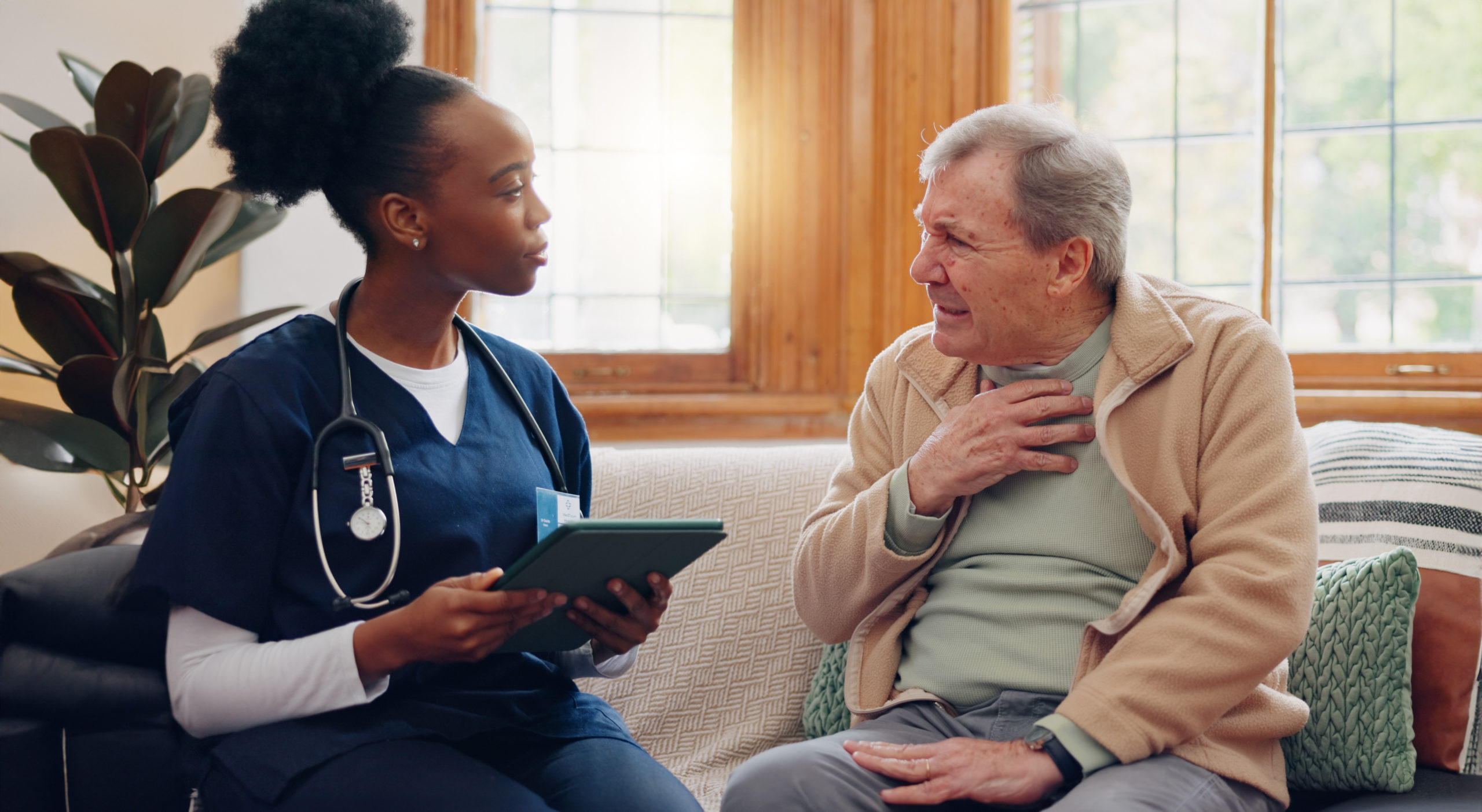National Alliance Annual Meeting: A Review
by Kristin Rowan, Editor
National Alliance for Care at Home
Annual Meeting and Expo
Was anyone else waiting with great anticipation to see the first annual meeting after the merging of NAHC and NHPCO? Or was it just me? I attended the Financial Summit over the summer and didn’t sense much of a difference from the Financial Management Conference from years past. But, I had a feeling the fall event would be different.
First Impressions
Registration started early. I arrived on Saturday to experience some of New Orleans and was able to register that afternoon.

On Sunday, a full snack spread was available before the keynote address. Coffee, chips, cookies, soda. I overheard several positive comments about the snacks and drinks on my way in. There was a feeling of excitement in the air and it was instantly noticeable that attendance was up from years past.
Opening Session
Aesthetically dynamic stage backdrop. Extra large stage that rarely, if ever, had more than four people on it at a time. Acoustics in the very large room garbled some of the presentations.
Content for the opening session began with remarks from Louisiana Governor Jeff Landry. While somewhat political in nature, the address was uplifting and positive. Dr. Steve Landers, CEO of the Alliance closed the session with a brief industry update.
Perspectives From Both Sides
Interviewing several attendees, the reviews of the meeting were mixed, but predictable. Past members of NHPCO felt the educational sessions were too home health focused while past members of NAHC felt there was too much Hospice content.
Some attendees were “over” all the AI software while others were excited about where AI could help improve processes and cut expenses. For a more indepth look at the vendors, read our companion article from Editor Emeritus Tim Rowan as he highlights the companies tackling OASIS with AI.
The closing gala, hosted by National Hospice Foundation, a fundraiser reminiscent of NHPCO conferences but wholly foreign to NAHC members, sold out and the live and silent auctions gathered significant donations for the foundation. Attendees dressed to the nines for the event. Reviews following the evening were resoundingly positive.
The Best of the Best
Overwhelmingly, attendees highlighted two key features of this year’s meeting that stood out above all else.
The availability of snacks and drinks throughout the day was a welcome surprise. A variety of offerings were found outside the expo hall, outside breakout rooms, outside general session rooms, and even inside some breakout rooms. From before the opening keynote to just before the closing session, attendees never went hungry.
The coup de gras, as they say in New Orleans, was the keynote on Monday from the host of the Squeezed Podcast, Yvette Nicole Brown. Most known for her role as Shirley Bennett on Community, Yvette is a caregiver. She was the primary caregiver for her father for more than ten years as he battled Alzheimer’s. Yvette discussed how her role as a caregiver changed her, prompted her to start her podcast, and led her to champion sharing caregiver stories to strengthen organizational culture and support systems for caregivers. Her powerful story left many in tears and furthered the imperative call to advocacy echoed by the Alliance.
From the Alliance
Following the success of the inaugural annual event, the Alliance issued a press release and statement from Alliance CEO Steve Landers.
“This first annual meeting and expo as the Alliance showcased our strength as a unified organization. We were thrilled to bring together leaders in home health, hospice, and the breadth of care at home from across the nation to unite, learn, and share our commitment to creating a future where all Americans have access to high-quality, person-centered healthcare wherever they call home. We look forward to continuing to convene the care at home movement and work toward our shared purpose.”
The Rowan Report sat down with Dr. Landers just before the closing session. Read the interview here.
Final Thoughts
Members of NHPCO and NAHC saw noticeable differences from their past events. This was inevitable after the merger and not unexpected. As a whole, the event was organized, well-run, enjoyable, informational, and well-received. I’d say the Alliance had a successful first run and we look forward to continued improvements in years to come.
# # #


Kristin Rowan has been working at The Rowan Report since 2008. She is the owner and Editor-in-chief of The Rowan Report, the industry’s most trusted source for care at home news, and speaker on Artificial Intelligence and Lone Worker Safety and state and national conferences.
She also runs Girard Marketing Group, a multi-faceted boutique marketing firm specializing in content creation, social media management, and event marketing. Connect with Kristin directly kristin@girardmarketinggroup.com or www.girardmarketinggroup.com
©2025 by The Rowan Report, Peoria, AZ. All rights reserved. This article originally appeared in The Rowan Report. One copy may be printed for personal use: further reproduction by permission only. editor@therowanreport.com















